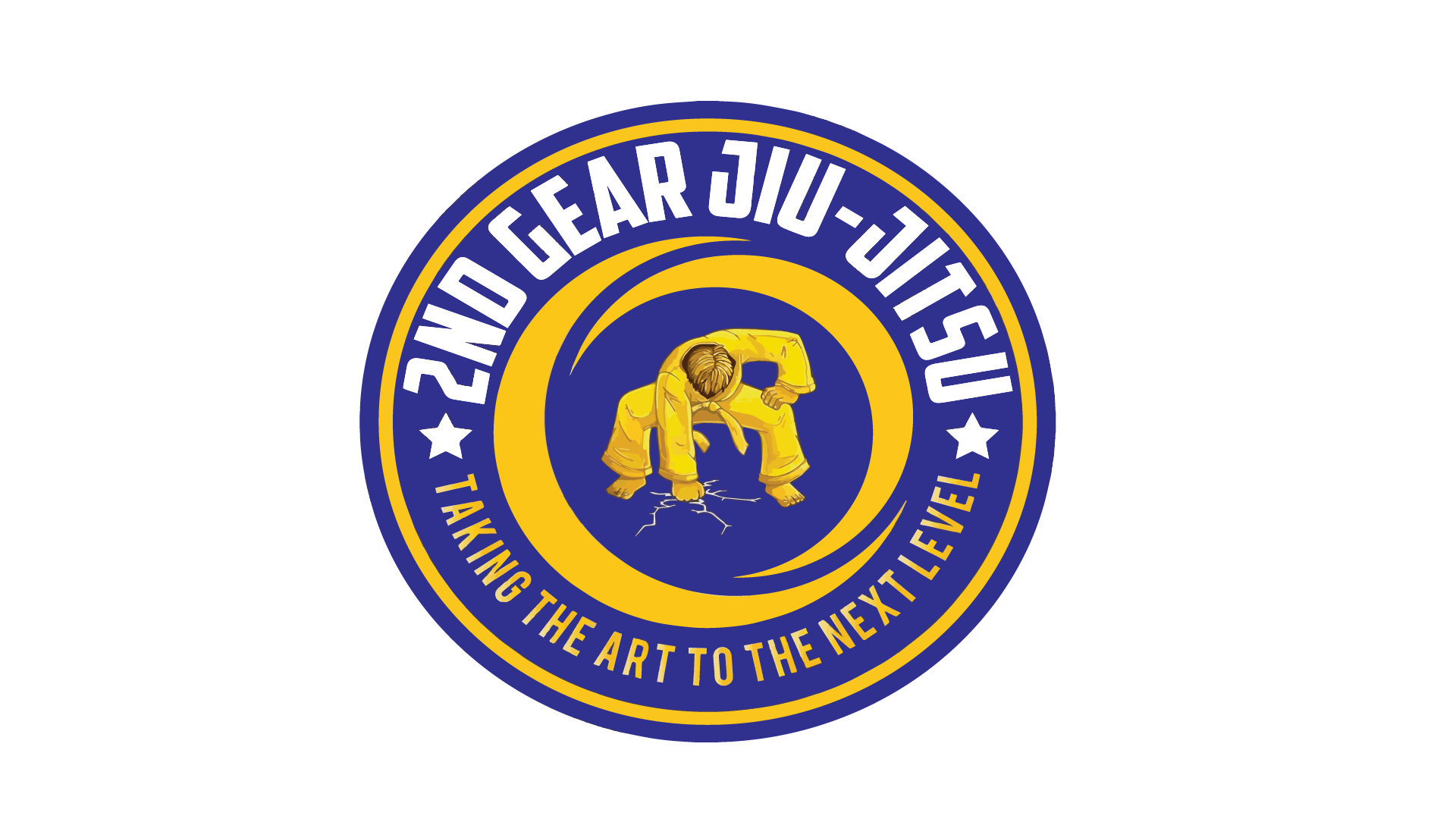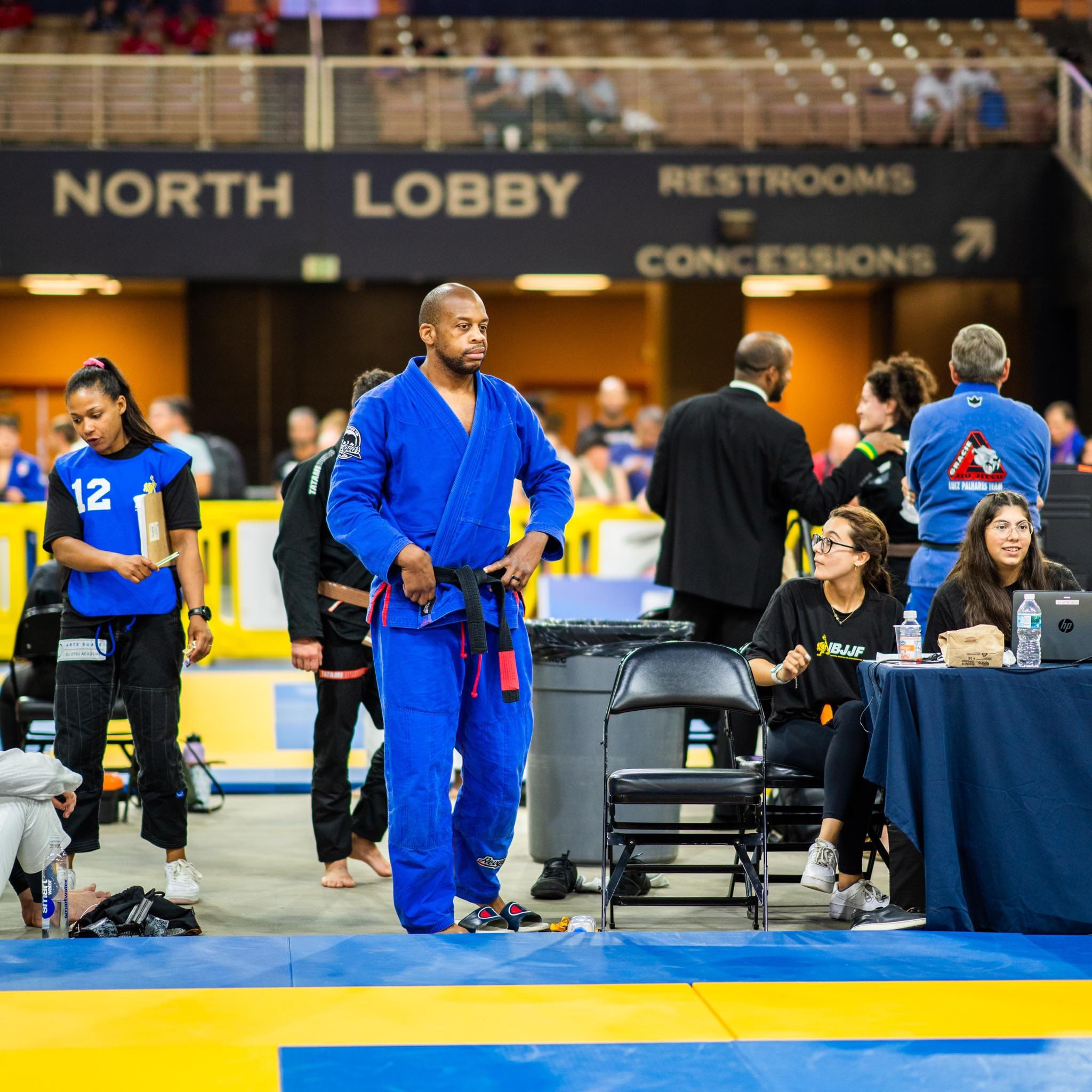Fundamental Objectives for Jiu Jitsu
- Learn the positional hierarchy of the art.
- Start to understand how the individual pieces of Jiu Jitsu connect together.
- Learn the fundamental movements of the art.
- Learn how to escape from inferior positions.
- Learn how to establish dominant positions.
- Start to understand weight distribution and control on top in dominant positions.
- Learn how to execute, prevent and counter the most common submissions.
Positional Hierarchy
Jiu-jitsu is all about unfairness. We aim to create situations that either maximize our ability or minimize our opponent’s. Everything circles back to that objective, and dominant positions give us innate advantages in any altercation or battle.
Here’s a basic overview of the positional hierarchy:
| Inferior | Neutral | Dominant |
| Bottom of Rear Mount | Open Guard | Top of Rear Mount |
| Bottom of Mount | Closed Guard | Top of Mount |
| Bottom of Side Control | Half Guard | Top of Side Control |
| Bottom of Knee on Belly | On the Feet | Top of Knee on Belly |
One of the first steps in understanding Jiu Jitsu lies in understanding the positional hierarchy.
Piecing the Puzzle Together
Learning Jiu Jitsu is like learning a new language.
You start by learning a word then another and more after that. Even as your vocabulary grows though, you’ll struggle to communicate until you start to refine your pronunciation, learn the rules of the language, and figure out how words can be strung together to form sentences.
In Jiu Jitsu, you will learn the concepts, movements, and techniques that form the foundation of the art. Each of those pieces will be like a foreign word, and the true value will lie in the relationship between each piece. The connections you make will determine both the speed and altitude of your growth.
Here is a short list of action steps you can take to accomplish this objective:
- Whenever you learn a new concept, movement or technique, think about how it relates to something you already know and try to make a connection.
- Take a note when you notice one movement or concept used in a variety of techniques. It will help you to focus attention where it would have the most effect.
- Drill techniques in sequence. It will teach you to make connections between techniques without conscious thought, and that is the key to mastery.
Fundamental Movement
Learning movement will be one of the greatest challenges you face in our art because many of the movements we use aren’t common outside of Jiu Jitsu. It’s likely that many of the movements will be unfamiliar to you.
Acknowledging that is important because you may struggle at first, but it won’t be because of your level of talent. The cause is more likely to lie in a movement pattern that has to be focused on and improved.
So your first priority will be to master the following movements:
| Shrimp | |
| Standard Shrimp | Used to create space for defense and offense. Common applications are seen in escapes from side control and mount. |
| Offside Shrimp | Used to initiate inversions from non-ideal situations. The most common application lies in countering over under passes. |
| Reverse Shrimp | Used to close distance and change the point of leverage on bottom. It can be seen in sweeps and reversals. |
| Shrimp Out | Used to create separation. In essence, it’s a combination of a shrimp and a sprawl, and it can be used to escape or reverse. |
| Bridge | |
| Upward Bridge | Used to create space and off-balance opponents. |
| Shoulder Bridge | Used to tilt opponents laterally and off balance them. |
| Roll | |
| Forward Roll | Most common usage is seen in rolling back attacks. |
| Backward Roll | Used to generate significant leverage for some sweeps. |
| Granby Roll | Used for guard retention and ground mobility. |
| Upa Roll | Used to generate significant leverage for some escapes. |
| Crawl | |
| Shoulder Crawl | Used to create separation and decrease an opponent’s control of your body. |
Each of these movements is used in a wide variety of techniques, and once you master them, your performance will improve significantly.
Positional Escapes
The ability to escape from bad situations is one of the greatest skills that will contribute to your level of success and confidence in Jiu Jitsu. As your confidence grows, you’ll be able calmly assess a situation and decide on the best course of action. It will also make the experience of training more fun because you can play and really focus on using all the techniques you’ve learned.
Establishing Dominance
In Jiu Jitsu, our goal is to take advantage of how the human body works so that we can increase our probability of success in any fight. In order to accomplish that, we aim to create situations where we can use the full potential of our body while depriving our opponents of that ability.
That’s why the positional hierarchy exists. As we go from inferior positions to dominant positions, we increase our control of the situation and increase our ability to dictate what happens. For that reason, it’s important that you learn how to transition to dominant positions.
Here are a few common transitions:
- Sweep: Whenever you start from the bottom of a guard position and tilt, flip or move an opponent so that they fall to their back while you come up on top.
- Takedown: Whenever you and your opponent start on your feet and you throw or trip them so that they fall.
- Pass: Whenever you’re in the top position of a guard and you’re able to get to side control or mount.
- Backtake: Whenever you transition from any position to firm control of an opponent’s back.
All those transitions are movements upward in the positional hierarchy, and we’ll cover them. Initially however, you’ll want to focus on the following goals:
- Sweeping from closed guard, half guard and basic open guard.
- Throwing or taking someone down on the feet.
- Passing closed guard, half guard and basic open guard.
- Taking the back from closed guard and half guard.
- Transitioning to mount from side control.
Maintaining Dominance
Once you establish dominant position, you’ll want to maintain it, and that’s mainly accomplished in the following ways:
- You must take away the tools your opponent will need to initiate their escape such as grips and leverage.
- You must control the weight distribution of your own body to decrease their ability to move or move you.
- You must learn how to place them in positions that make them mechanically weak so that they are unable to utilize the full potential of their body.
- You must learn how to transition between dominant positions in order to maintain mobile control.
Understanding Common Submissions
Submissions are the most offensive tools in Jiu Jitsu, and as you improve at them, you’ll improve your ability to end fights.
As you train, it’s also important to keep in mind your safety and the safety of your teammates. We should always tap early, tap often and train safe. So don’t hesitate to tap if you get caught in a submission and always apply submissions with control so that your opponent has time to tap without injury.
With that said, these are the basic submissions you must learn:
- Armbar
- Triangle
- Omoplata
- Americana
- Kimura
- Cross Choke
- Guillotine
- Rear Naked Choke
- Bow and Arrow Choke
Learn and understand the mechanics of each submission in that list and ask yourself the following:
- Why do they work?
- What is being accomplished?
- How can they be performed in different situations?
- How can they be prevented?
Those are the kinds of questions that you must be able to answer before you progress up through the ranks.

